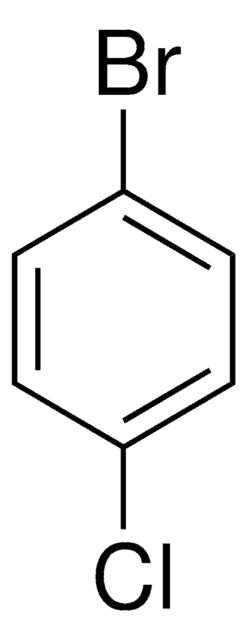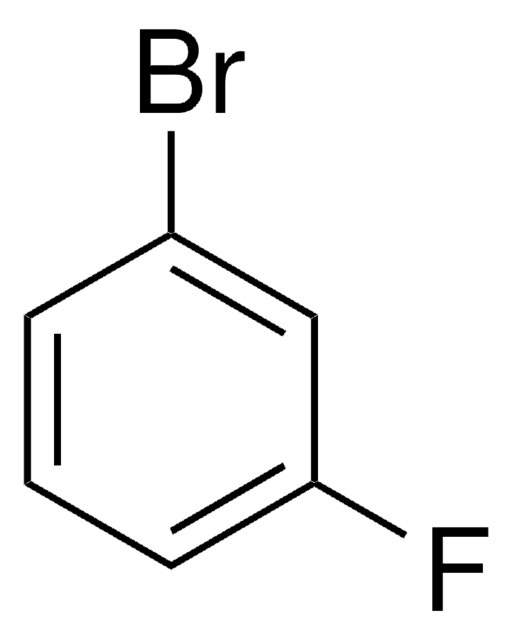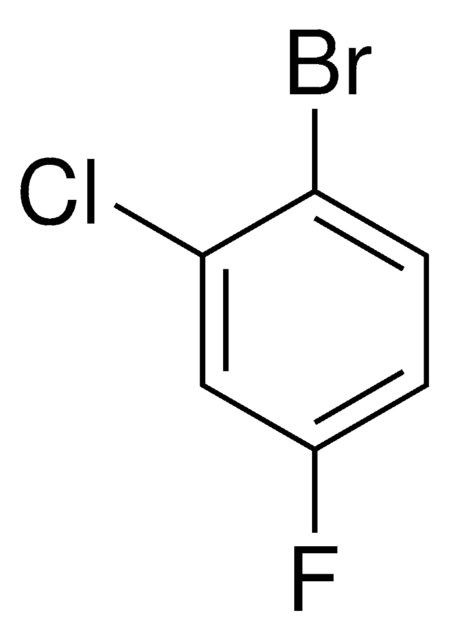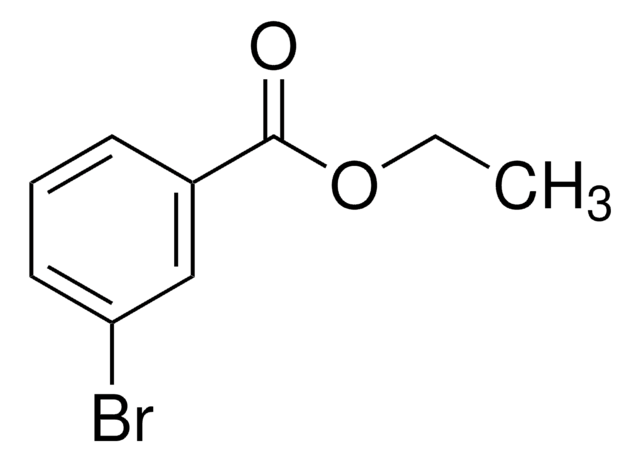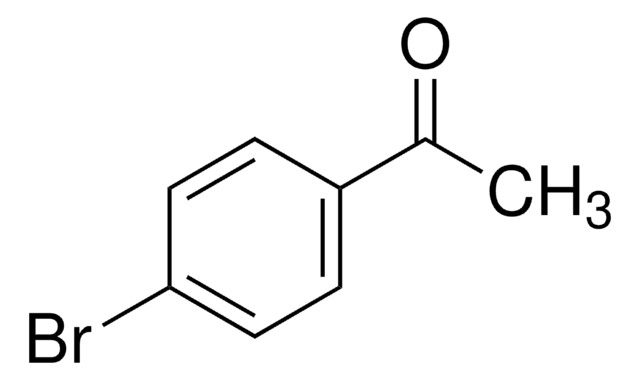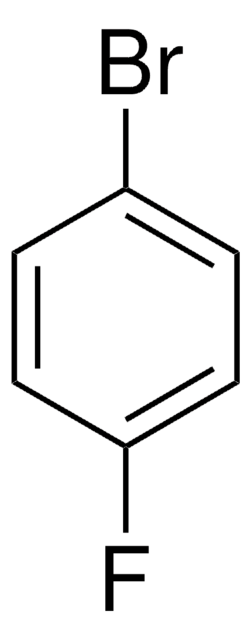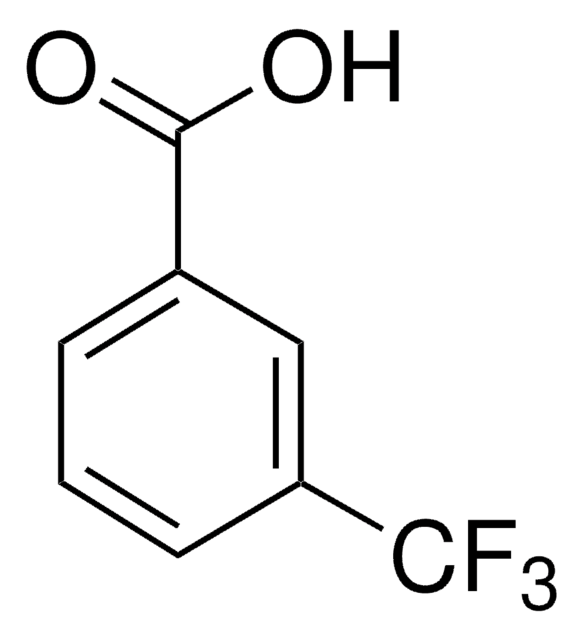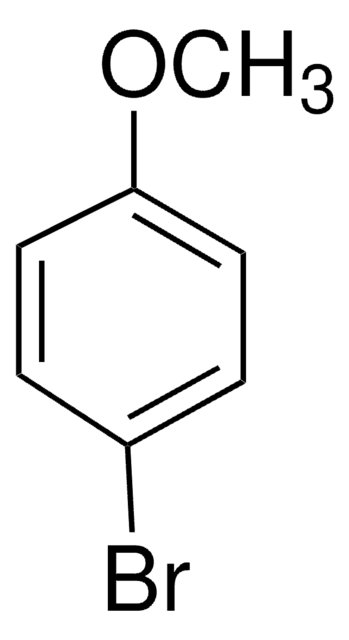124036
1-Brom-3-chlorbenzol
99%
Synonym(e):
1-Chloro-3-bromobenzene, 3-Bromo-1-chlorobenzene, 3-Chloro-1-bromobenzene, 3-Chlorophenyl bromide, m-Bromochlorobenzene
About This Item
Empfohlene Produkte
Qualitätsniveau
Assay
99%
Form
liquid
Brechungsindex
n20/D 1.576 (lit.)
bp
196 °C (lit.)
Dichte
1.63 g/mL at 25 °C (lit.)
Funktionelle Gruppe
bromo
chloro
SMILES String
Clc1cccc(Br)c1
InChI
1S/C6H4BrCl/c7-5-2-1-3-6(8)4-5/h1-4H
InChIKey
JRGGUPZKKTVKOV-UHFFFAOYSA-N
Suchen Sie nach ähnlichen Produkten? Aufrufen Leitfaden zum Produktvergleich
Allgemeine Beschreibung
Signalwort
Warning
H-Sätze
Gefahreneinstufungen
Eye Irrit. 2 - Skin Irrit. 2
Lagerklassenschlüssel
10 - Combustible liquids
WGK
WGK 3
Flammpunkt (°F)
176.0 °F - closed cup
Flammpunkt (°C)
80 °C - closed cup
Persönliche Schutzausrüstung
Eyeshields, Gloves, type ABEK (EN14387) respirator filter
Hier finden Sie alle aktuellen Versionen:
Besitzen Sie dieses Produkt bereits?
In der Dokumentenbibliothek finden Sie die Dokumentation zu den Produkten, die Sie kürzlich erworben haben.
Kunden haben sich ebenfalls angesehen
Unser Team von Wissenschaftlern verfügt über Erfahrung in allen Forschungsbereichen einschließlich Life Science, Materialwissenschaften, chemischer Synthese, Chromatographie, Analytik und vielen mehr..
Setzen Sie sich mit dem technischen Dienst in Verbindung.